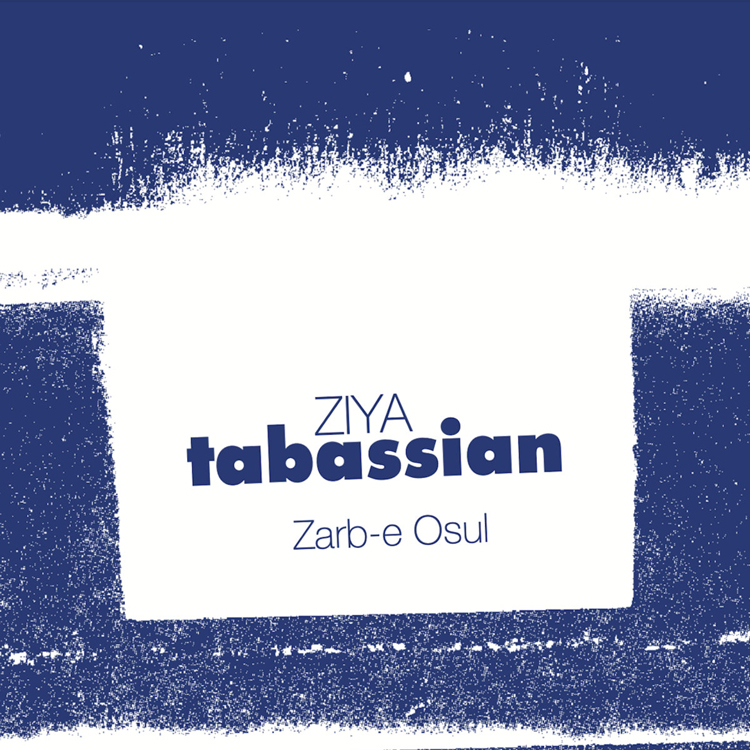Ziya Tabassian – Zarb-e Osul (Ziya Tabassian, 2020)
Canada-based Iranian musician Ziya Tabassian recorded the dazzling album “Zarb-e Osul” using a wide range of percussion instruments from across the globe: tombak, bendir, daf, tamburello, kudum, cajón, handclapping, shakers, cabassa, spoons, and gongs.
All the pieces in Zarb-e Osul are composed based on rhythmic cycles (Osul from 17th and 18th century). Most of them were collected from a manuscript written by Amir Khan Gorgi to the shah (king) of Persia during the Safavid period, in 1696.
The length of the rhythmic cycles varies from 2 beats to 88 beats. “I choose 11 of them for this album,” said Ziya Tabassian. “Each rhythmic cycle has its own character and the structure is based on the two basic sounds of the drum, the low sound (tom, dum or dik) and high sound (bak, tek or dak). Normally, those cycles play the role of accompaniment for the melodic instruments, but I took the base of those cycles and developed as a poem or a musical piece played on percussion.”
Ziya Tabassian dedicated this album to Amir Khan Gorgi, poet and musician from 17th century, who wrote about the music of his time; Mohammad Reza Lotti (1947-2014), the great Persian music master, who introduced Ziya to the rhythmic cycles in 1998; and the late Julien Jalal Eddine Weiss (1953-2015), a great composer and musician that Ziya collaborated with.
Buy Zarb-e Osul


